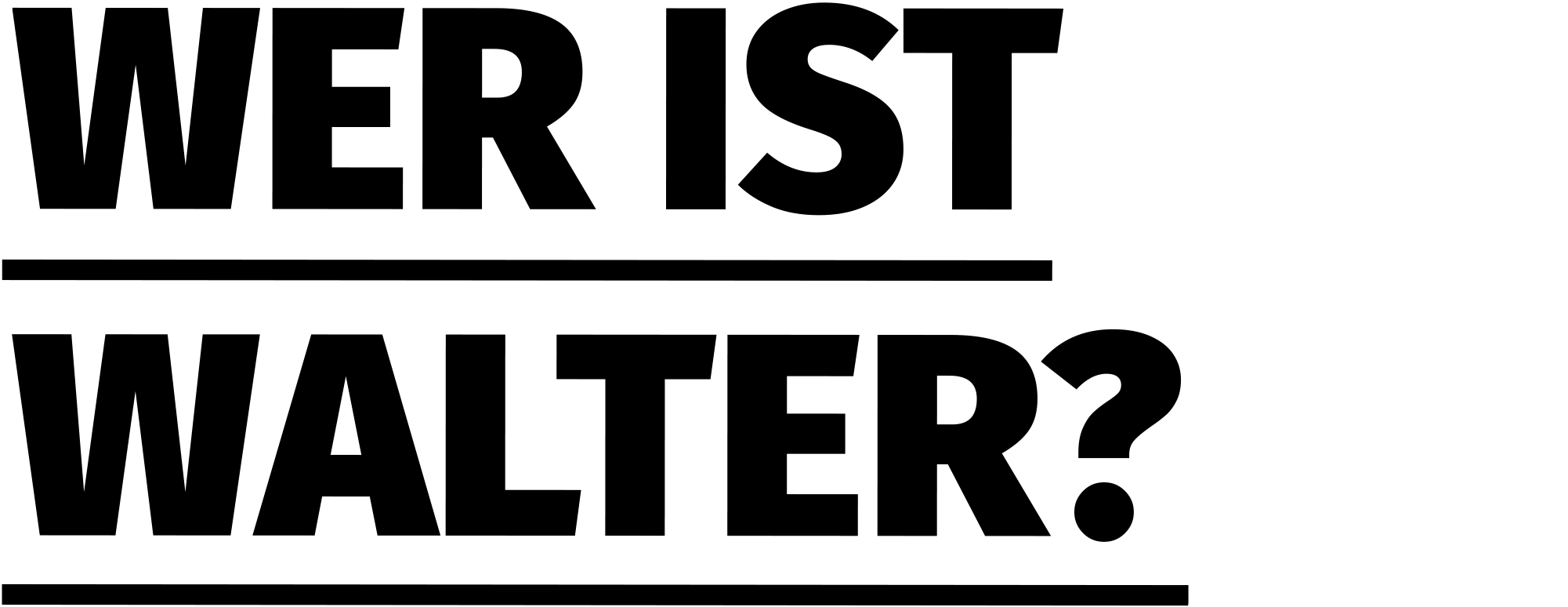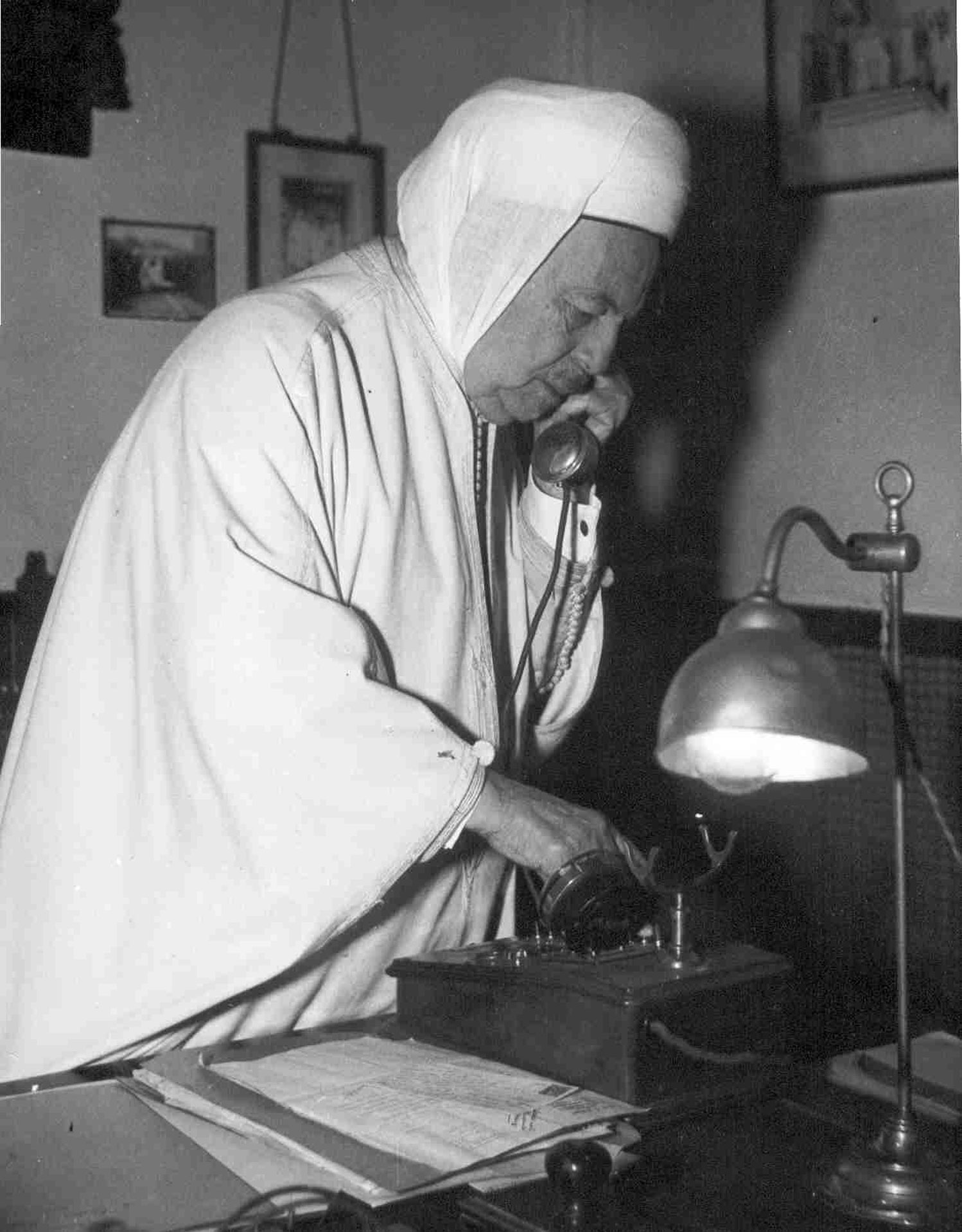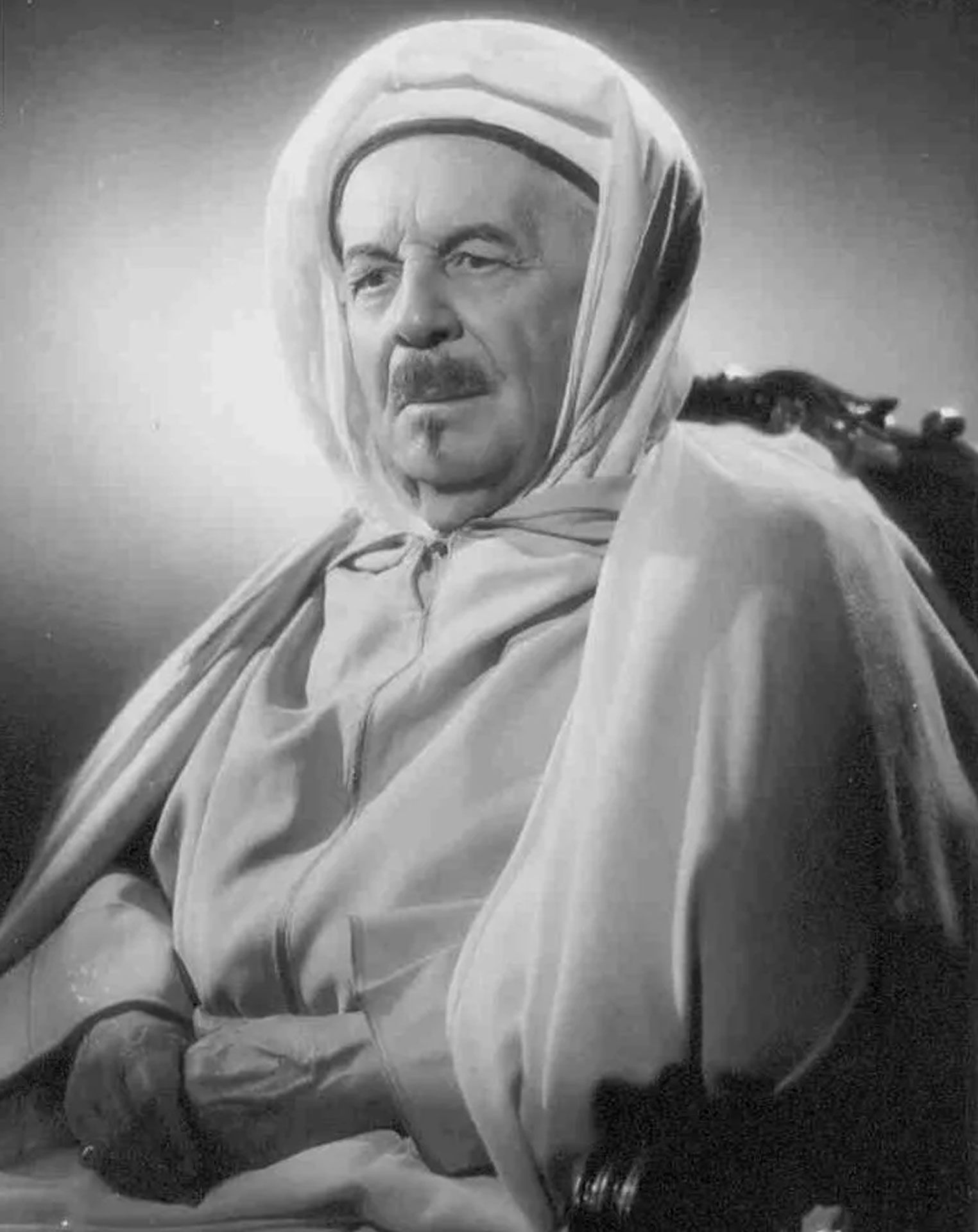The Grand Mosque of Paris, a little-known place of resistance
Built from 1922 and inaugurated in July 1926 by President Gaston Doumergue, the Great Mosque of Paris celebrates Franco-Muslim friendship during the colonial area. Inspired by the El Qaraouiyyîn mosque in Fez, it became a major cultural and religious centre in the heart of the French capital, with a place of prayer, a madrassa (school), a library, a tea-room, shops and a hamman.
Directed by the Algerian rector Si Kaddour Ben Ghabrit from 1926 until his death in 1954, its role in colonisation and decolonisation is well known, but its role during the occupation of France by Nazi Germany is less well known. Indeed, the mosque became an active place of resistance for some Muslims living in mainland France. This was particularly true of the indigenous Algerian members of the Francs-tireurs partisans (FTP), whose mission was first and foremost to protect but also to support the British parachutists in the cellars on which the mosque was built. A good example is shown a posteriori in a sequence from Gérard Oury’s popular film La Grande Vadrouille (1966, released in the United Kingdom as Don’t Look Now… We’re Being Shot At!). But another form of resistance gradually took shape among the mosque’s users in the form of solidarity with Jewish families. Under the leadership of the indigenous Algerian FTP and their networks, several hundred people were secretly housed in the mosque from 1940 onwards. The Jews often waited there for clandestine papers so that they could flee the capital to the ‘unoccupied’ zone or abroad, and often also to cross the Mediterranean to Algiers and the Maghreb.
Uncertain, controversy and varying according to the source, the figure put forward for people rescued and saved is around a thousand between 1940 and 1944. Rector Si Kaddour Ben Ghabrit himself is said to have saved around a hundred Jews by having the mosque’s administrative staff issue them with certificates of Muslim identity, enabling them to avoid deportation.
This story, which was gradually erased from France’s collective memory, particularly as a result of the Algerian War, reappeared at the end of the 20th century through the work of historians, documentaries and the 2011 film Les Hommes Libres (The Free Men) by the French director of Moroccan origin Ismaël Ferrouki. At a time when tensions between Jews and Muslims seem inexorable on the XXI century, the attitude of the ‘righteous’ (“justes”) of the Paris Mosque is an example of hope.
Yvan Gastaut



